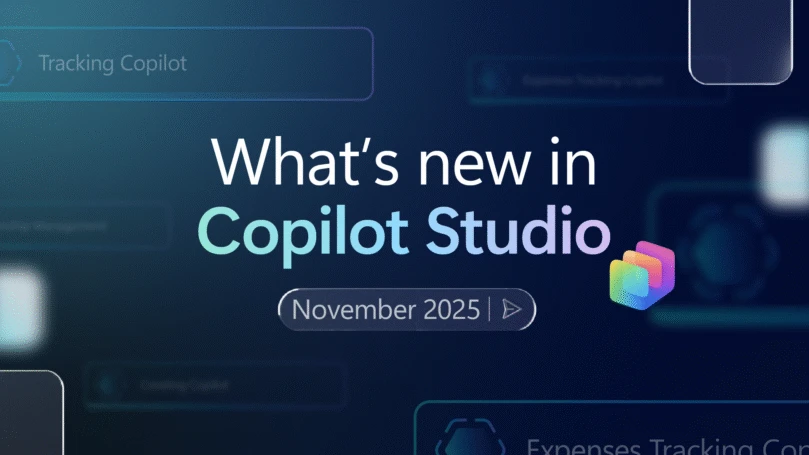For the past few weeks I have been working with the sleek and stylish Toshiba Portégé Z830. The Portégé Z830 is one of the lightest 13” PC on the market, weighing in at just under 2.5 pounds, and incredibly thin at just 16 mm (a literal hair over 0.6”). The Portégé Z830 is an Ultrabook built for business with features that include a spill-resistant LED backlit keyboard, Trusted Platform Module (TPM) chip, Gigabit Ethernet port and VGA port. The version of the Ultrabook I tested ran Windows 7 Professional and came with 4 GB RAM, 128 GB SSD and an Intel Core i5 processor with vPro support for a MSRP of $1199. Models are available with up to an i7 processor and 6 GB of RAM direct from Toshiba and other resellers (including the Microsoft Store, of course).

Performance
The Toshiba Portégé Z830 is a strong performer in my non-scientific, real world testing. I test PCs by using them as my daily work machine for a period of a few weeks and seeing how they cope with a professional workload. It’s important to note that because I use this PC for work, my performance characteristics will vary slightly as Microsoft’s security policies require different default programs for things like antivirus compared to the programs shipped in Toshiba’s image. For enterprise customers and the customizers in the crowd, you are probably used to creating your own images, but for many others this is something to consider when comparing your PC performance to a review.
With that caveat, I was pretty impressed by the level of performance that Toshiba achieved in such a small package. As I went through a normal workday using Microsoft Office applications such as Outlook, PowerPoint, Lync, Excel and Windows standards such as Internet Explorer 9, the Portégé Z830 kept pace with a busy day. The Windows Experience Index below shows that the Portégé Z830 is a strong, all-around performer in its core components.

Startup on the Toshiba Portégé Z830 from a cold boot is fast. I hit the password screen in about 22 seconds. Shutdown was around 11 seconds for the rare times that you will use that function. Resuming from and going to sleep take less than two seconds. I don’t typically cite any times below two seconds because I don’t trust my precision with a stopwatch with such short times.
In such a small package it might be a reasonable expectation that battery life is one of the tradeoffs, however I found that to be far from the case. The Toshiba Portégé Z830 delivered more than six hours of working time away from A/C power on most days. For me, this typically meant that I could use the Portégé Z830 all day without a recharge if there were a few meetings where I didn’t have my laptop open. Toshiba cites 8+ hours of battery life, so your usage may vary. Regardless of the final number, the Portégé Z830 provides a very good mix of raw performance and battery life in an incredibly small package.
Look, Feel and Features
Style is certainly a personal decision, but I am a big fan of the Toshiba Portégé Z830’s physical appearance. Judging by the number of people who stopped by me at work or in a café to admire and compliment my PC, I think it’s safe to say that the crowds approve. For a sophisticated business user, the Portégé Z830 presents an image that would match any bespoke suit.

The Portégé Z830 is made primarily out of magnesium alloy, giving it a solid, metal shell. The honeycomb design on the inside of the chassis adds some rigidity to the construction, even in spite of the light weight. The element of the visual design that I find most appealing is the hinge that exposes a small gap at the monitor edges. With the chrome styling at these points, the Portégé Z830 has something of a classic car feel with twin fins.

The construction of the Ultrabook’s external chassis awes with how many ports Toshiba squeezed into such a small package. The picture below shows the height of the Portégé Z830 compared to my rather slim HTC Trophy. Other notebooks of such a thin and light design often compensate by only having a few USB ports, but the extensibility of the Portégé Z830 is on par with many larger notebooks by including: a USB 3.0 port, 2 USB 2.0 ports (including one with Toshiba’s USB Sleep & Charge technology that will charge accessories while the PC is sleeping – a very handy feature), a full HDMI port, VGA, Gigabit Ethernet, a memory card reader, and a cable lock port.

A couple of items I wasn’t able to test on the Portégé Z830 but are still excellent features to have on a work PC were its security and display features – including a fingerprint reader and a utility to enable logon by facial recognition via the 1.3 MP Webcam, and support of Intel’s Wireless Display, which allows you to project wirelessly in HD.
The Portégé Z830 is very comfortable to use. It’s cool to the touch, and the fan, while often on is usually only discernible at a high-pitch when in a silent room. The multi-touch-capable trackpad has a nice size with active response, although my fingers sometimes slipped off the chrome buttons. I didn’t often use the multi-touch features, but found that I was able to type well without accidental activations of the trackpad.
The display of the Portégé Z830 produces nice, bright colors. The PC comes with a matte (meaning non-glossy display), which I personally prefer to use for work. The display isn’t especially bright, but I was able to work comfortably indoors in a variety of lighting scenarios. Toshiba does make a version of the notebook (the Portégé Z835) with a glossy TruBrite display, although that doesn’t ship with TPM and Windows 7 Professional.
The keyboard of the Portégé Z830 is one of the few places where users may have to make a compromise due to the Ultrabook’s ultrathin profile. The chiclet-style keyboard is rather shallow, meaning that there is not as much travel available for the keys as found on traditional notebooks and desktop keyboards. I found myself missing a few keystrokes as a result of my adjustment to the keyboard. However, Toshiba has included both a backlight and spill-proof design for the keyboard. After a short adjustment period, I think most users will be more than satisfied with the keyboard for everyday usage.
Final Thoughts
The Toshiba Portégé Z830 is a great machine for anyone looking for traditional PC productivity in the lightest possible package. The wide array of ports (in particular, VGA and Gigabit Ethernet) help support working in any environment – even those who haven’t upgraded to WiDi, Bluetooth or HDMI, which the Portégé Z830 also supports.
In the coming months I’ll continue testing some of the business-focused Ultrabooks available on the market. Of course, feel free to request some reviews and ask me questions here in the comments or on Twitter @Sabowtage13.



